Raised Bed Gardening
How to Make a Raised Garden Bed
Best Wood for Raised Garden Beds
Ideas for Raised Bed Gardening
Gardens come in all shapes and sizes – and no matter what you’re growing, from fabulous florals to vibrant veggies, raised beds offer a perfect place to elevate your plants. Not only do they make for some of the most ideal growing conditions, but they also are a great way to add a charming aesthetic to any landscape!
How to Make a Raised Garden Bed
It may seem much easier to just pop your plants straight into the ground and never look back, but building a raised garden bed is actually super simple – and offers lots of benefits.
Start off by choosing a good spot for your raised garden to live. Think about the plants you’re going to be tucking into bed there and find an area in your yard that will give them what they need. More often than not, you’ll need somewhere with plenty of sunshine and shelter from the harsh wind.
Once you know where it’s going, you’ll want to plan out how big you want your raised garden bed to be, and measure out the space you’ll need accordingly. We recommend marking the corners with some stakes or tape, then digging up the grass with a spade before fencing and filling in. For a dig-free way of doing it, though, you can also just cover up the grass with newspaper or landscape fabric and begin building directly on top of that.
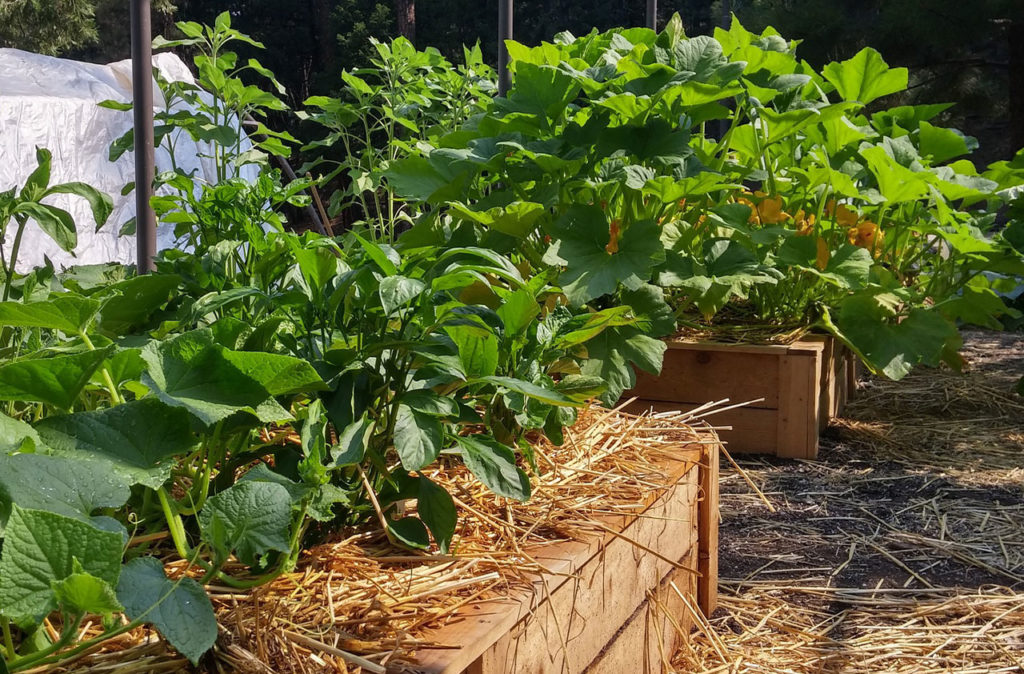
With your space prepped and ready to rumble, it’s time to decide how you’re going to contain it all. Wood may be the most popular choice for building raised garden beds, but there are also dozens of other options to consider, as well – like vinyl, plastic, rocks, brick, cinder blocks, and even metal! Each offers a unique aesthetic, we love the simplicity of galvanized feed troughs and garden beds, just place them and fill’em up with soil.
With a frame in place, it’s time to get filling. The best soil for raised gardens depends on the plants you’re planning to grow. A one-size-fits-all for most things, though, is a high-quality potting soil, like Fox Farms Coco Loco, which, once in place, can house just about any plant you can dream of!
Best Wood for Raised Bed Gardens
When using wood, selecting the right one can be paramount for both durability and safety. Lumber that has been pressure-treated with chemicals will prevent it from rotting away in the sun and rain, making it a strong and practical choice. Don’t worry, these chemicals are still safe for growing organic.
If you’re looking to take a less-chemicalized approach, we recommend redwood or cedar. Commonly found in bathrooms and spas, these woods contain oils that make them naturally resistant to moisture and rot. They may be slightly more pricey, but we assure you with proper care, they’ll last longer than any treated wood – some even well over 15 years!
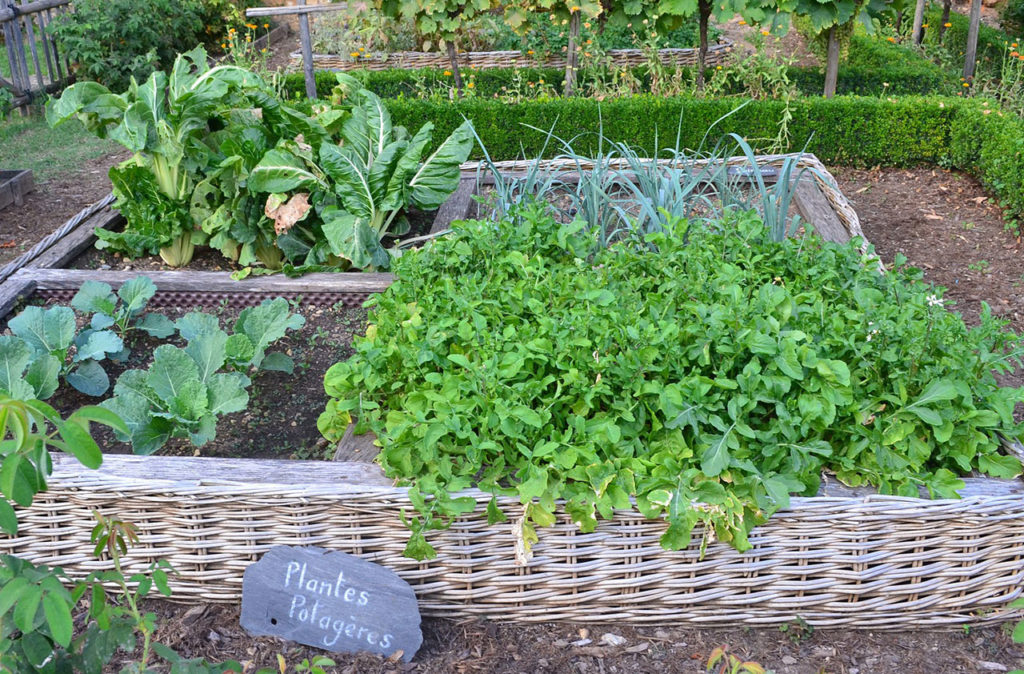
Ideas for Raised Bed Gardening
Probably the most popular way to use a raised garden bed is for growing fruits and vegetables. Above ground-level, raised beds will always drain well during times of heavy rainfall, which makes our plants more productive, meaning more fruit.
Another idea that many people use is growing flowers beds filled with their favorite annuals and perennials. These large-scale containers let us enjoy all our floral faves for longer in a much neater and more contained way. Plus, with more control over the soil, there’s less chance we’ll encounter any weeds! But, if we do, we certainly won’t mind as much since we won’t have to bend over to pick them (bye-bye, back pain!).

With hundreds of ways to customize it and make it your own, raised garden beds are the ultimate way to bring color and personality to your landscape! Whether you’re looking to fill your plates with delicious fresh veggies or fill your vases with beautiful cut flowers, they make it simple to bring your gardening game to the next level.

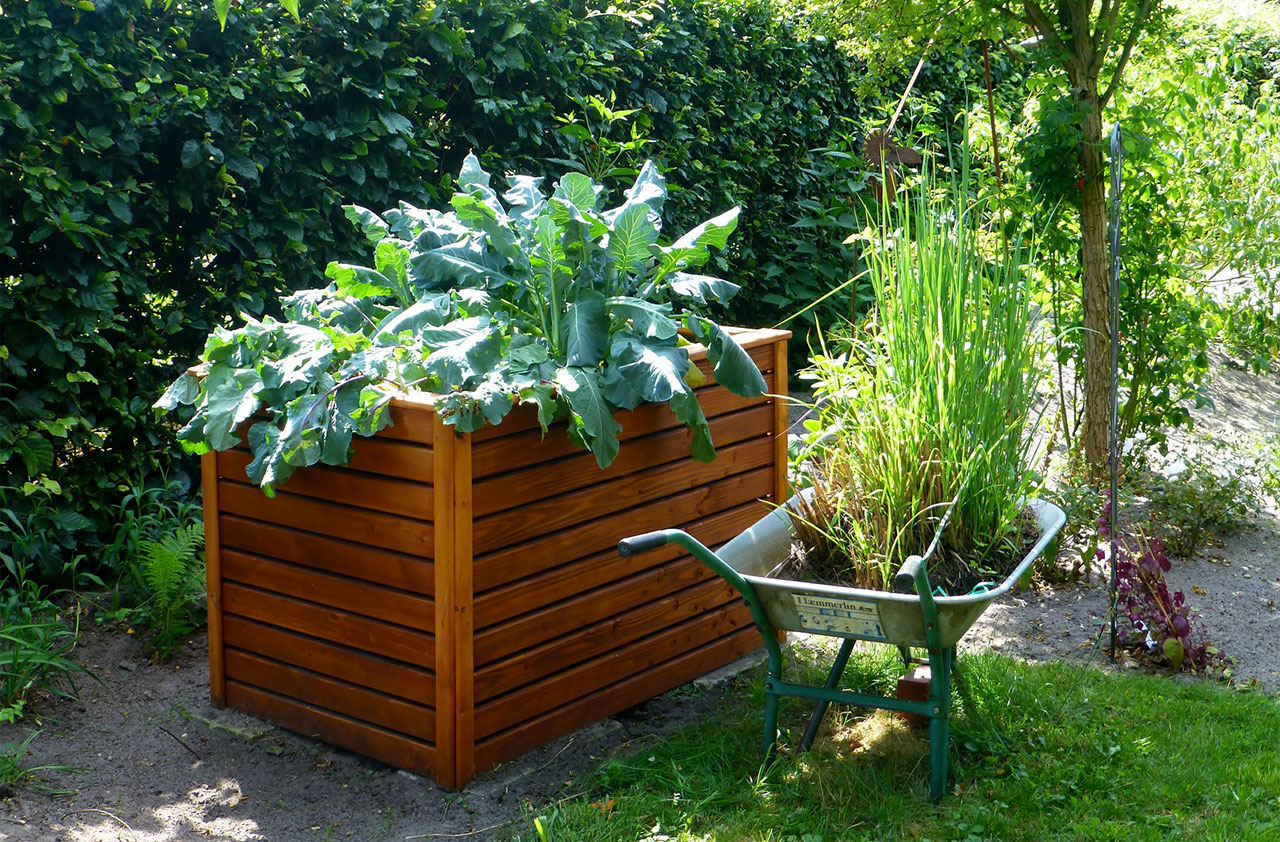
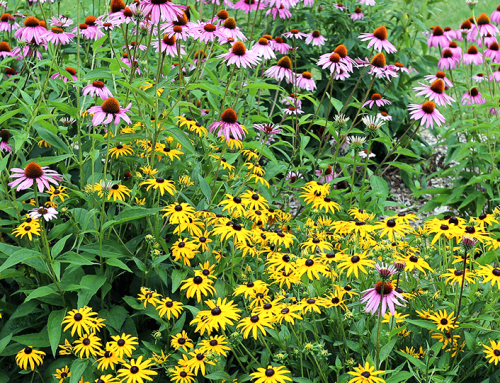
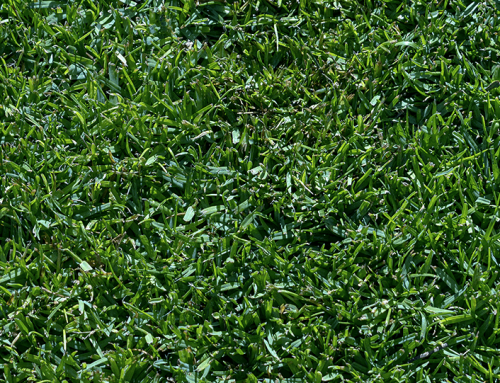
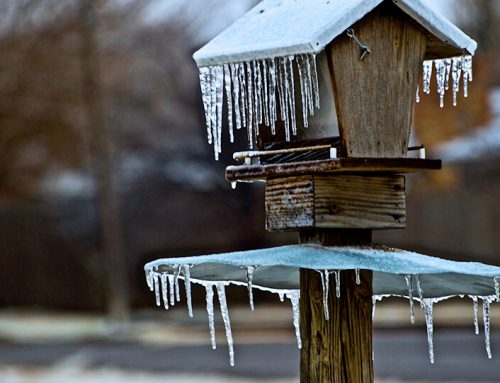

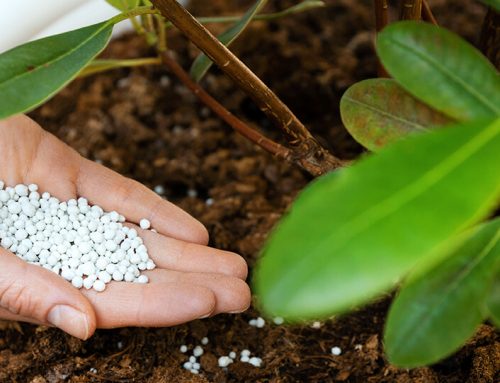
Leave A Comment